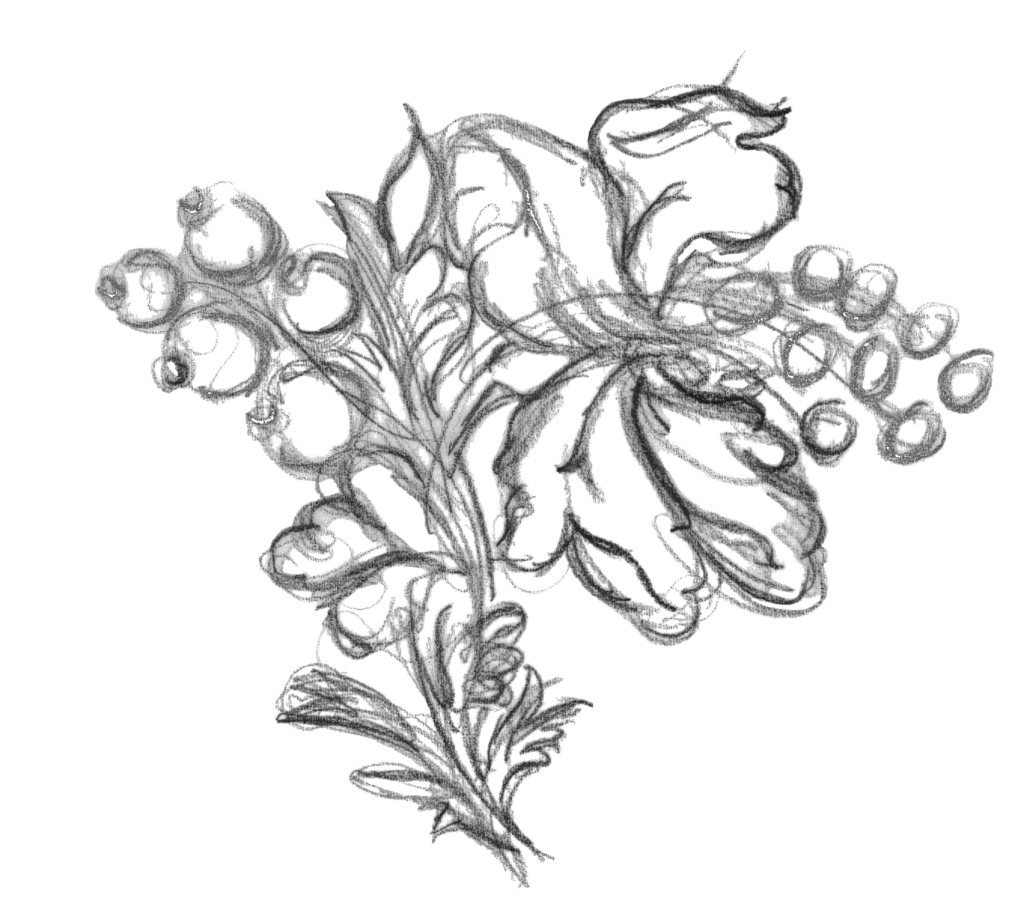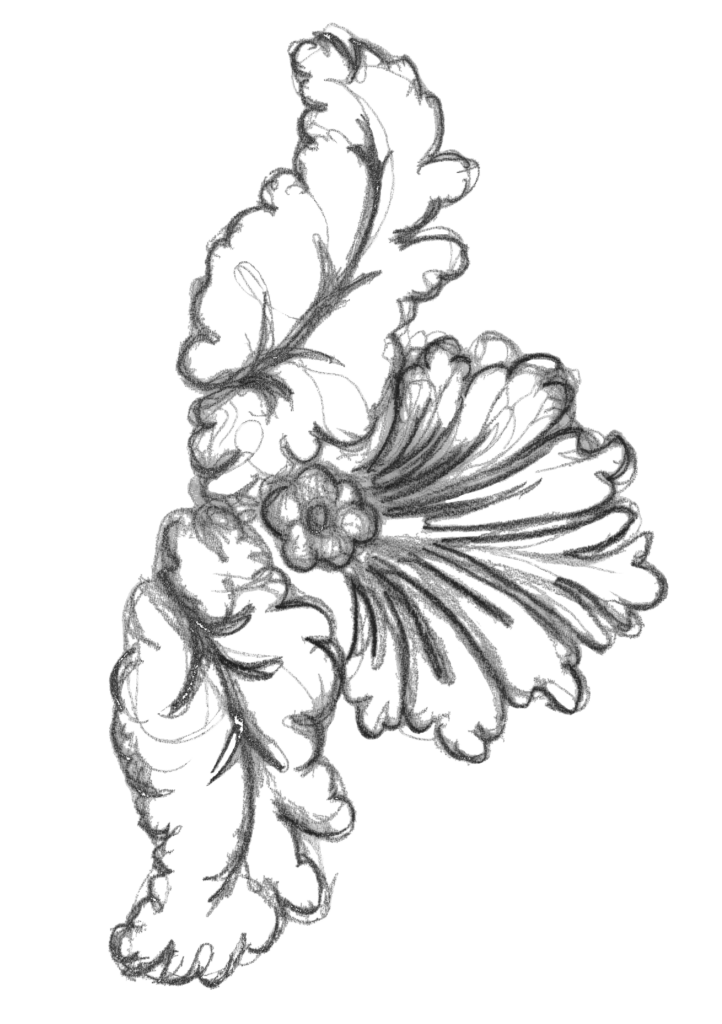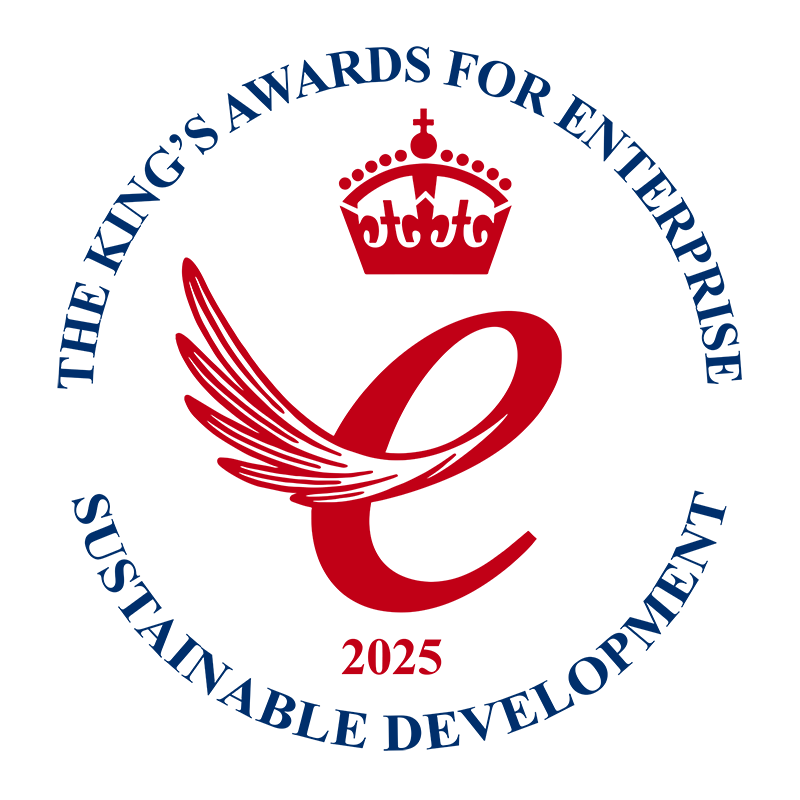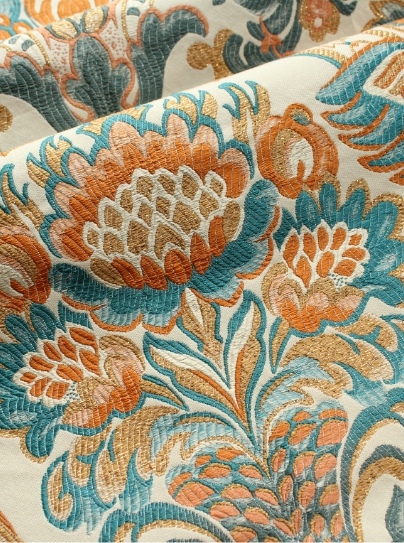Curtains were introduced during the 15th century with the sole purpose to keep out the draughts and general cold weather. After proving popular for walling and Bed Drapes, the use of silk curtain fabric soon kept into the schemes of the countries most prestigious homes.
In this article we look at a few of the most popular window treatments and how our woven fabrics are often used. Curtains come in a variety of shapes, sizes, and patterns, and sometimes the choice of fabric depicts the choice of treatment.
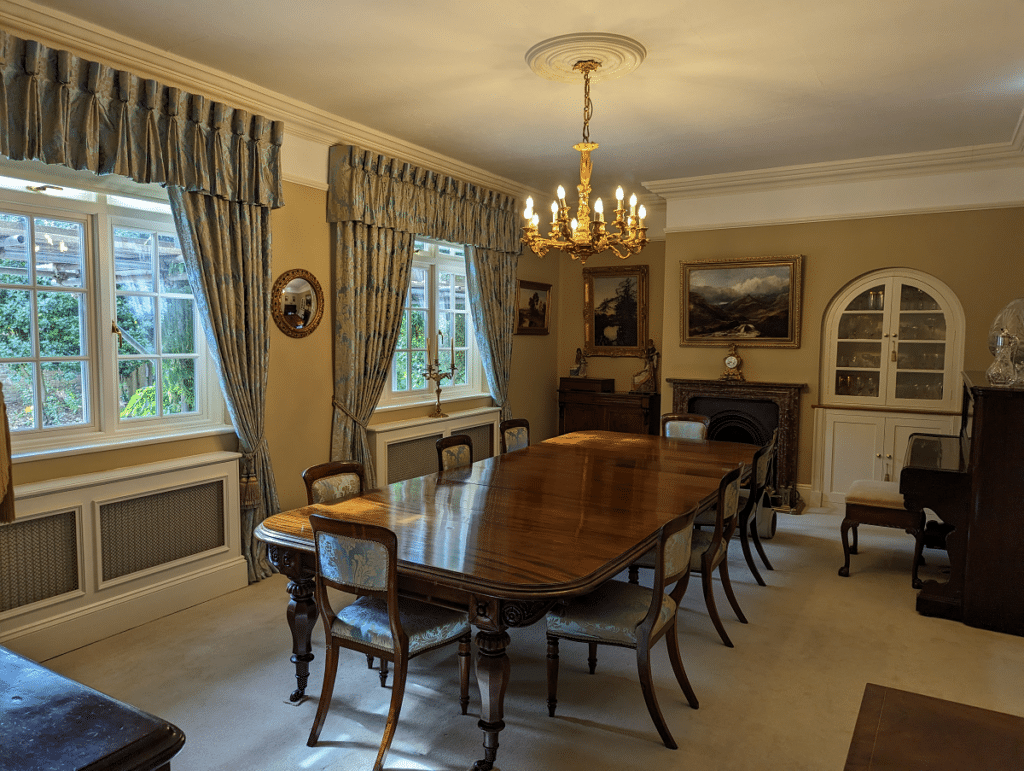
Pinch Pleat curtains are usually formed by hand stitching but can be machine made. The curtain maker stitches together either 2 or 3 pleats, before leaving a gap of typically 10cm. This is process is repeated to create the pleating effect, giving elegant folds flowing from top to bottom. Pinch pleats use more fabric and are fuller than pencil pleats. It is the perfect treatment for many of our silk curtain fabrics.
Goblet Pleat curtains contain a fixed heading much like pinch pleats. The pleat is open at the top to give a goblet or wineglass look. Goblet pleat curtains are sewn by hand to specifically to fit a track or pole width. This treatment is a great way to bring a traditional style to a home and can be used on the valance as well as the curtain.
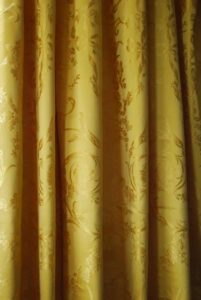
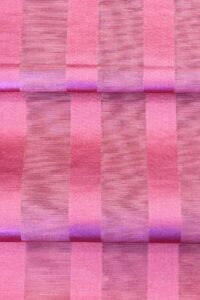
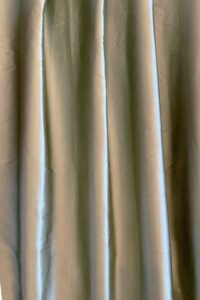
Pencil Pleat Curtains are formed by pulling cords attached to tape to gather the fabric into pleats that look like a row of pencils. Pencil pleat curtains are often considered to be one of the simplest headings and the tape is invariably machine sewn.
Window face treatments were first recorded in the renaissance era when the trends eventually moved towards more elaborate fabrics of multiple layers of treatments, including, Pelmets, swags, and valances.
Pelmets are a framework placed above a window and are mainly used to conceal curtain tracks and fixtures. A pelmet is usually a solid structure made from plywood or a heavy buckram and can be straight or shaped. They can be finished with a variety of trimmings including decorative fringes and tassels.
Swags and Tails are probably the most opulent face treatment and can bring drama to a room. The swag is the horizontal element which hangs down in a U shape and placed at the top of the curtains, and the tails drape down either side of the swag. One of the most spectacular examples of this using our silk curtain fabric is the Saloon Brighton Pavilion.
https://www.humphriesweaving.co.uk/portfolio/brighton-pavilion/
https://brightonmuseums.org.uk/visit/royal-pavilion-garden/what-to-see/saloon/
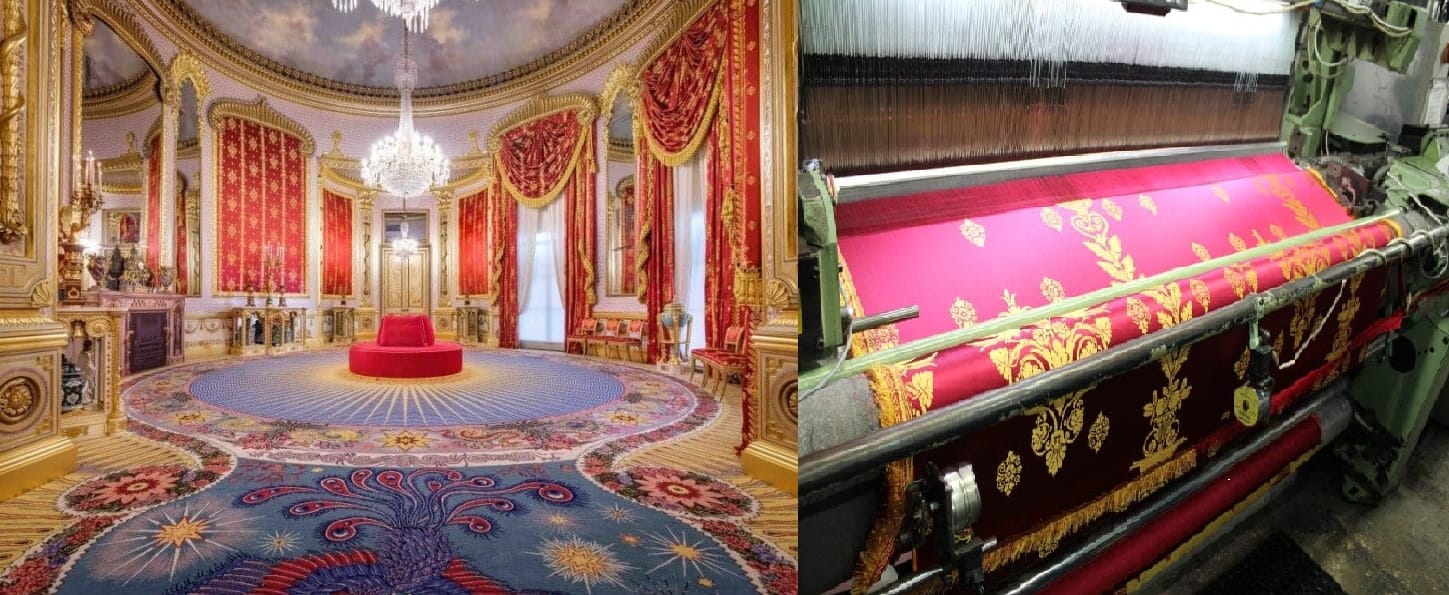
Valances are like Pelmets and perform the same function. They are usually made from the same material as the main curtains. Valances can be hung alone or paired with curtains or blinds, and were first used to add more insulation to drafty windows.
To learn more about the curtain fabrics Humphries Weaving have woven since 1972, explore the projects they have been used for. Click here.
[/spb_text_block]
